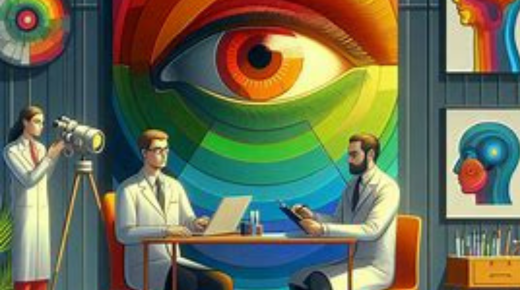Color blindness – it’s a common term but the impact is unique to each person. The effects range from mild, hardly noticeable changes in color perception, to severe challenges in distinguishing colors. Yet, there is a glimmer of hope on the horizon. Ophthalmologists have started to make significant strides in reducing the impact of color blindness. In particular, the experts working in Huntingdon Valley cornea have set a new benchmark. This article will delve into their remarkable contributions, shedding light on how they have changed the landscape of color blindness treatment.
Understanding Color Blindness
Color blindness is not blindness at all. It’s a deficiency. It’s about not seeing colors in the way most people do. The main cause is a problem with the eye’s color-detecting molecules. These molecules are inside cells called cones.
The Role of Ophthalmologists
Ophthalmologists play a crucial role. They diagnose color blindness. They recommend therapies. Advances in technology have led to new treatment options. These options offer the possibility of significant improvement for people with color blindness.
Contributions of Huntingdon Valley Cornea
The team at Huntingdon Valley cornea is at the forefront of these advances. They have pioneered new techniques. These techniques have made it possible for many people with color blindness to experience colors more vividly.
Comparison of Traditional and New Techniques
The table below shows a comparison between traditional and new techniques developed by Huntingdon Valley cornea.
| TRADITIONAL TECHNIQUES | NEW TECHNIQUES BY HUNTINGDON VALLEY CORNEA | |
| Effectiveness | Limited | Significantly Higher |
| Risks and Side Effects | Some risks | Fewer risks |
| Long-term Benefits | Uncertain | More certain |
Conclusion
Color blindness can be a challenge. It is not just about not being able to choose matching clothes. It is about not being able to do certain jobs. It is about not being able to respond to color-coded signals. But there is hope. The work of ophthalmologists, especially those at Huntingdon Valley cornea, is paving the way for brighter, more colorful futures.




